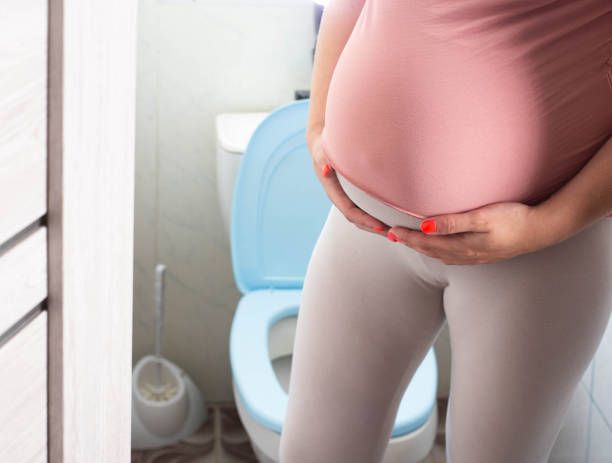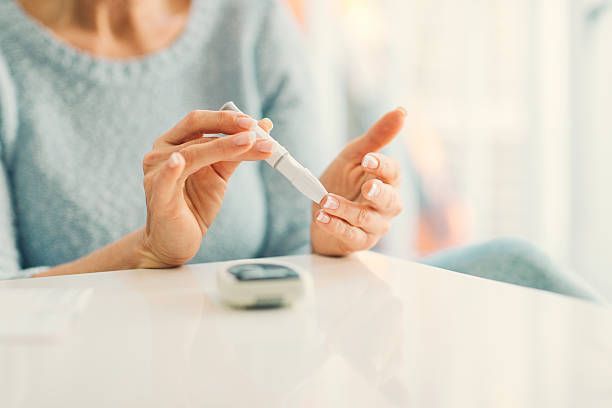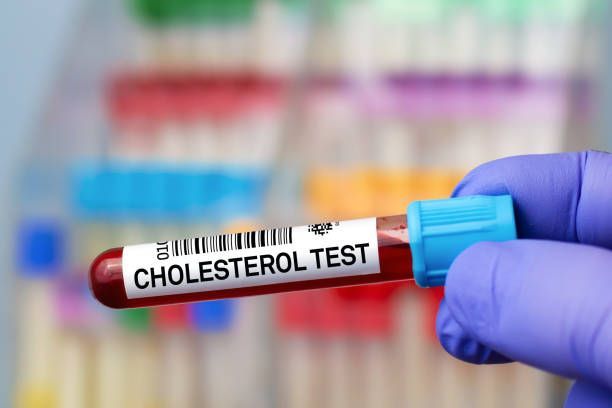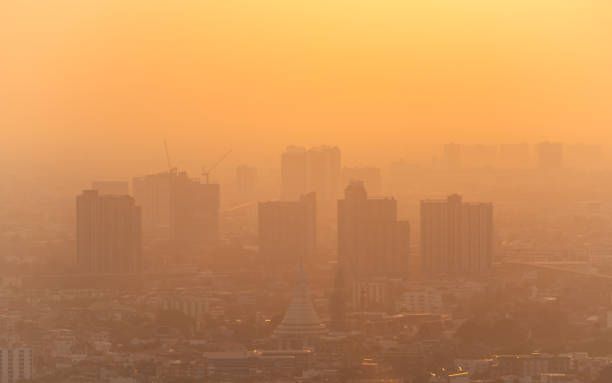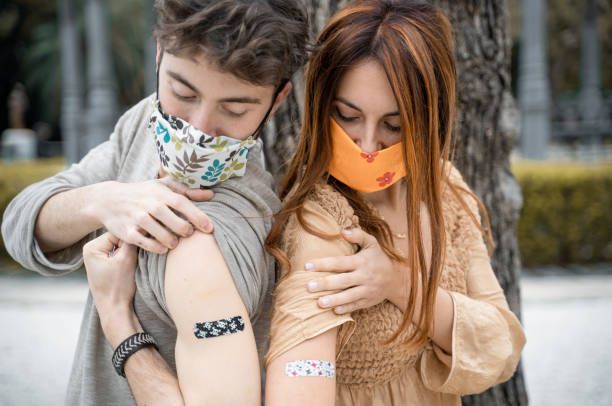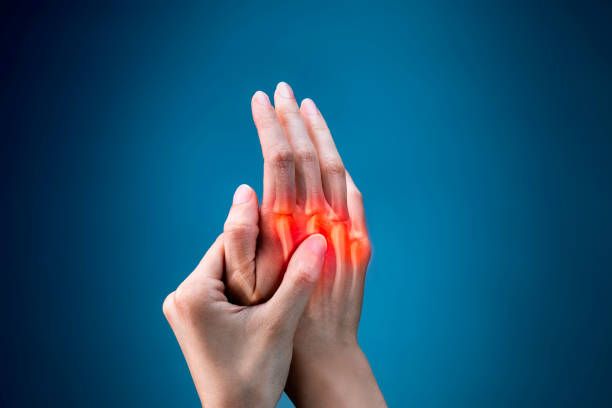Mold Exposure Symptoms: Can Urgent Care Help?
Mold is a common household problem that often hides in damp areas like basements, bathrooms, and behind walls. While a small amount of mold may not always be harmful, prolonged or heavy exposure can lead to uncomfortable and sometimes serious health symptoms.
At UrgiClinic, we recognize that mold-related symptoms can come on suddenly, making it difficult to know whether you should seek immediate care. Our urgent care services are designed to help when you’re experiencing urgent symptoms and need timely guidance.
In this article, you’ll learn:
- Common symptoms of mold exposure
- Who is most at risk
- When urgent care is the right choice
- How mold-related conditions are evaluated and treated
What Happens with Mold Exposure?
Mold produces spores that can become airborne and easily inhaled. For some people, exposure leads to mild allergic reactions. For others, especially those with pre-existing conditions, symptoms may be more severe.
Common Mold Exposure Symptoms
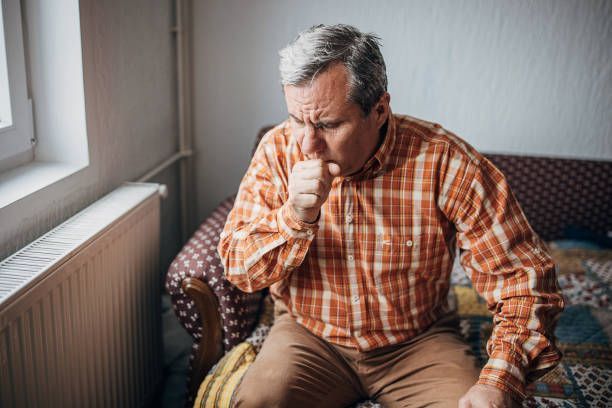
Mold exposure symptoms can vary depending on the amount of mold, length of exposure, and a person’s sensitivity.
Common signs include:
- Nasal congestion, sneezing, or runny nose
- Red or itchy eyes
- Coughing or wheezing
- Skin rashes or irritation
- Sore throat
- Headaches
- Asthma flare-ups in sensitive individuals
In more serious cases, mold exposure can lead to breathing difficulties, chest tightness, or chronic sinus infections.
Who Is Most at Risk from Mold Exposure?
While anyone can be affected by mold, certain groups are more vulnerable:
- People with asthma or chronic lung conditions
- Individuals with weakened immune systems
- Children and older adults
- Those with mold allergies
For these groups, even brief mold exposure may cause significant health issues.
When to Seek Urgent Care for Mold Exposure Symptoms
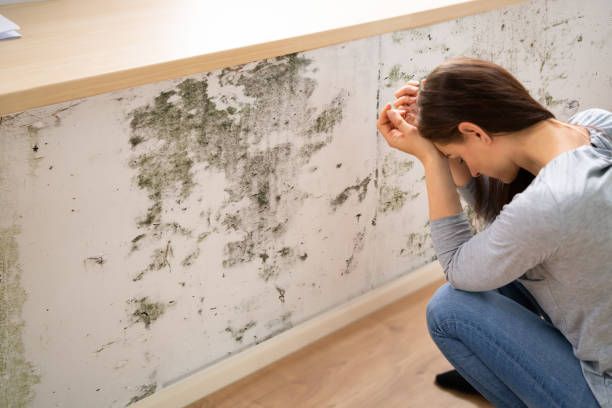
Not all mold-related symptoms require immediate medical attention, but urgent care is appropriate when you experience:
- Sudden or worsening breathing problems
- Wheezing or chest tightness
- Severe allergic reactions (swelling, hives, or difficulty swallowing)
- Fever with sinus pressure or persistent cough
- Symptoms that don’t improve after avoiding mold
How Mold Exposure Symptoms Are Diagnosed
At urgent care, your provider may:
- Review your medical history and recent mold exposure
- Perform a physical exam to check breathing, sinuses, or skin reactions
- Provide breathing treatments if wheezing is severe
- Refer you to an allergist or pulmonologist for further evaluation if needed
Urgent care does not provide mold removal or environmental testing, but it can address the urgent symptoms that may arise.
Treatment for Mold Exposure Symptoms
Depending on your condition, treatment may include:
- Antihistamines or decongestants for allergy symptoms
- Inhalers or breathing treatments for asthma flare-ups
- Steroid medications for severe inflammation
- Antibiotics if a secondary sinus or lung infection develops
Walk In With Us, No Appointment Needed
At UrgiClinic, we provide care for urgent mold exposure symptoms such as sudden breathing problems, severe allergic reactions, or persistent coughs. We don’t test homes for mold, but we can help you manage urgent medical concerns and guide you to the right specialists for follow-up care.
No referrals. No long waits. Just timely help when your situation can’t wait. Walk in with us today.
